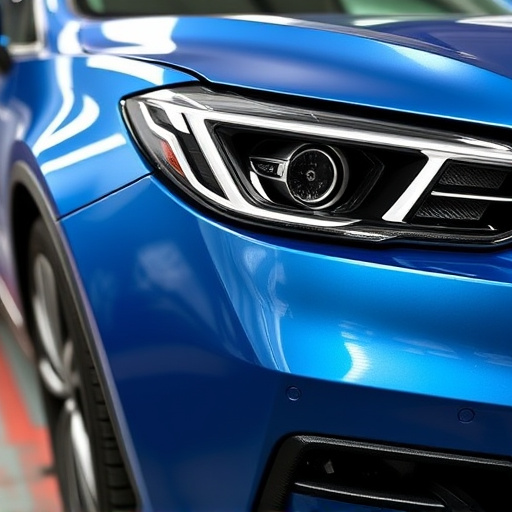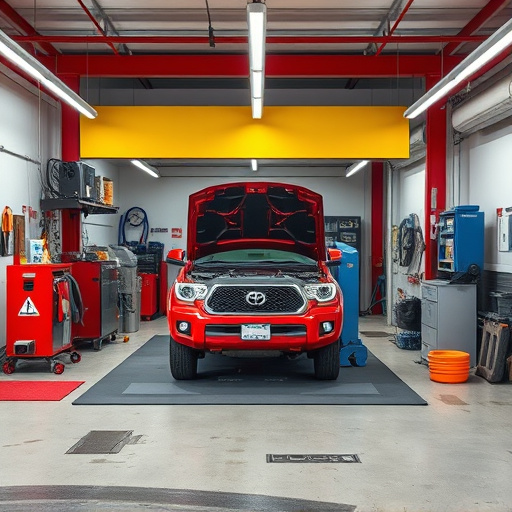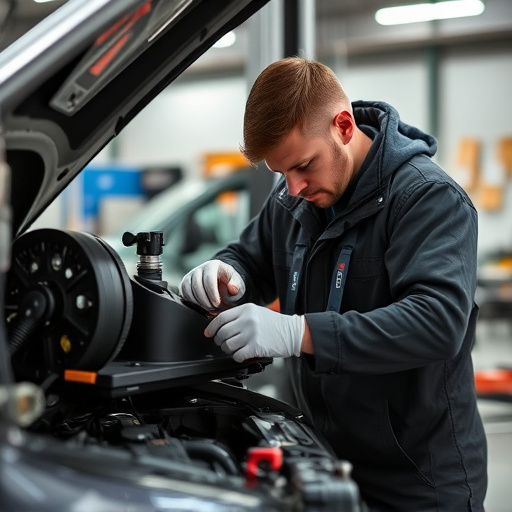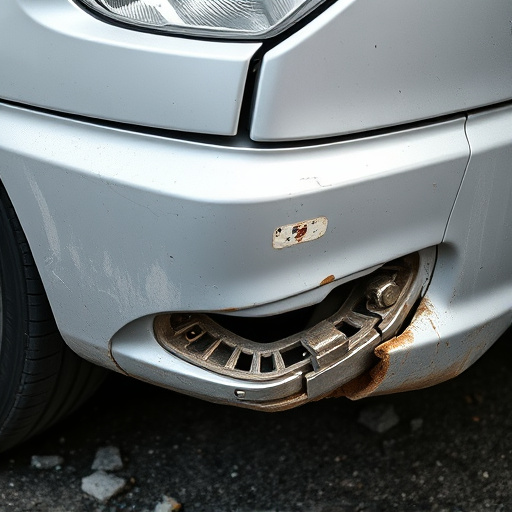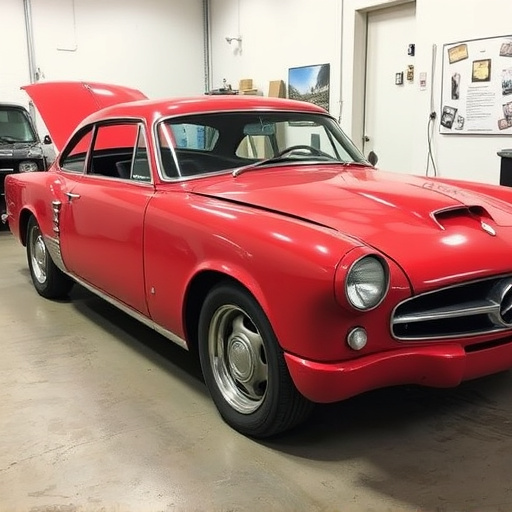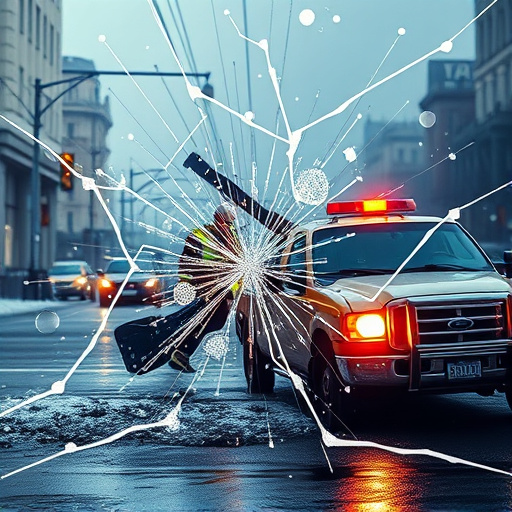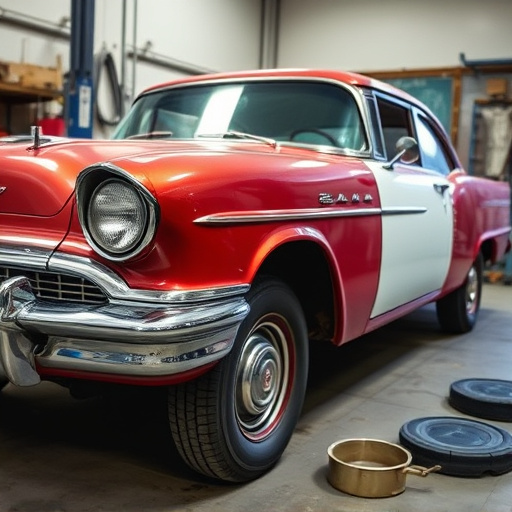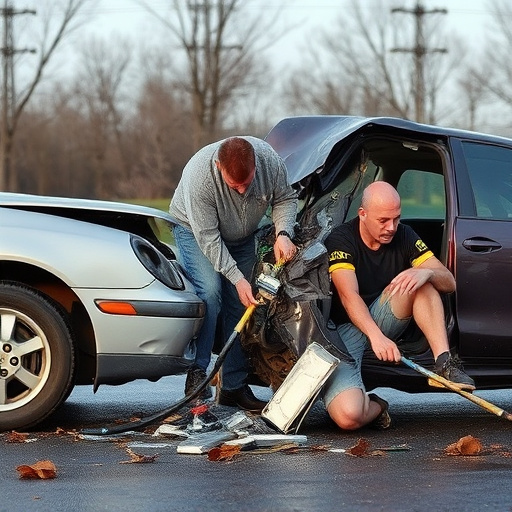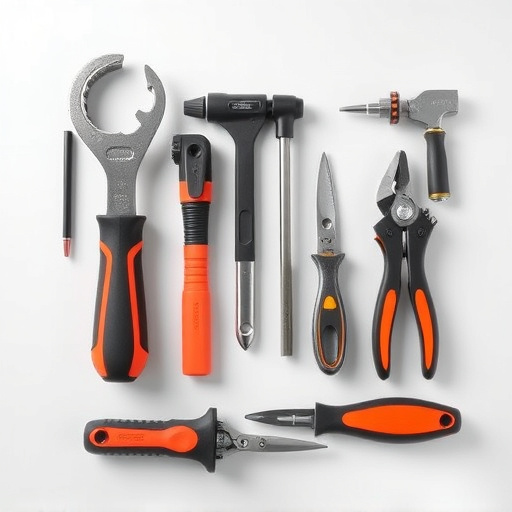The automotive industry is transforming frame rail repair with advanced techniques, including robotic welding and CAD software, enhancing precision, efficiency, and structural integrity. AI-enhanced robots and 3D scanning technology are revolutionizing alignment and damage assessment, particularly in luxury vehicles. Future trends focus on 3D printing, eco-friendly materials, and cost-effective repairs, aligning with environmental stewardship goals.
In today’s automotive landscape, efficient and precise frame rail repair is a cornerstone of successful auto body shops. As vehicles continue to evolve, so too do the challenges and opportunities in frame rail restoration. This article explores emerging trends and advancements redefining the industry standard for frame rail repair, from modern techniques ensuring accuracy to innovative tools and technologies streamlining the process. By examining these developments, we uncover the trends shaping the future of frame rail restoration practices.
- Modern Techniques for Accurate Frame Rail Repair
- Emerging Tools and Technologies in Auto Body Shops
- Trends Shaping Future Frame Rail Restoration Practices
Modern Techniques for Accurate Frame Rail Repair

In recent years, the automotive industry has witnessed a shift towards more sophisticated and precise frame rail repair techniques. Modern automotive body shops are adopting advanced methods to ensure accurate restoration of vehicle frames, which is crucial for safety and structural integrity. One prominent trend is the utilization of robotic welding systems, offering unparalleled precision and consistency in joining metal components. These robots can perform complex welds, minimizing human error and resulting in stronger, more uniform bonds.
Additionally, computer-aided design (CAD) software plays a pivotal role in frame rail repair. By creating detailed digital models of the vehicle’s frame, auto body shops can precisely measure and analyze damage, allowing for tailored repair strategies. This technology enables efficient identification of replacement parts and facilitates accurate measurements, ensuring that each component is replaced or repaired to exact specifications. Such innovations have significantly enhanced the overall efficiency and effectiveness of car damage repair processes in modern automotive body shops.
Emerging Tools and Technologies in Auto Body Shops

The auto body shop landscape is evolving with emerging tools and technologies tailored for precise frame rail repair. Advanced robotic systems equipped with AI capabilities are revolutionizing the alignment process, ensuring faster and more accurate results compared to manual methods. These robots can handle complex curvature adjustments, a critical aspect of frame rail repair, making them invaluable assets for modern automotive restoration workshops.
Furthermore, digital measurement tools and 3D scanning technology are becoming staples in luxury vehicle repair facilities. These innovations enable comprehensive damage assessment by providing detailed digitised records of the car’s structure. This data-driven approach facilitates more effective car damage repair strategies, especially when dealing with intricate frame rail issues, ensuring that every component is restored to its original specifications.
Trends Shaping Future Frame Rail Restoration Practices
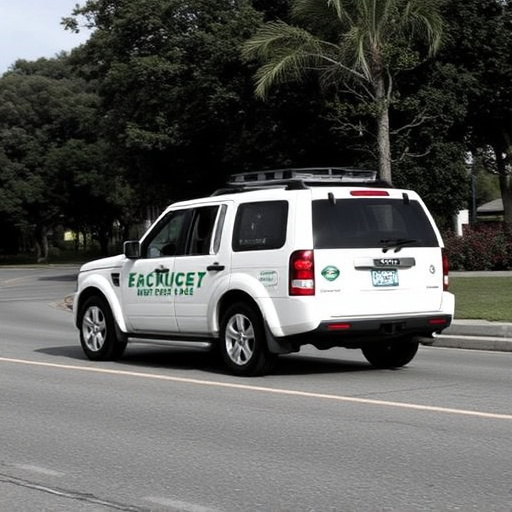
The future of frame rail repair in auto body shops is being shaped by several emerging trends. One notable shift is the increasing adoption of advanced technologies such as 3D printing and computer-aided design (CAD) software. These innovations allow for more precise and efficient repairs, ensuring that vehicle structures are restored to their original specifications. The integration of these technologies also reduces the time and labor required for frame rail repair, making auto body services more cost-effective and accessible.
Additionally, there is a growing emphasis on sustainability in the automotive industry. As such, frame rail repair practices are evolving to incorporate eco-friendly materials and methods. Auto body shops are exploring the use of recycled and biodegradable components, as well as implementing strategies to minimize waste during the repair process. These sustainable approaches not only benefit the environment but also contribute to the overall efficiency and reputation of automotive repair services.
As auto body shops embrace modern techniques and emerging technologies, the landscape of frame rail repair is undergoing a significant transformation. These innovative approaches not only enhance accuracy and efficiency but also set new standards for quality and sustainability in the industry. By staying abreast of these trends, body shop professionals can ensure they provide top-tier frame rail repairs, catering to the evolving needs of both customers and the automotive market.
